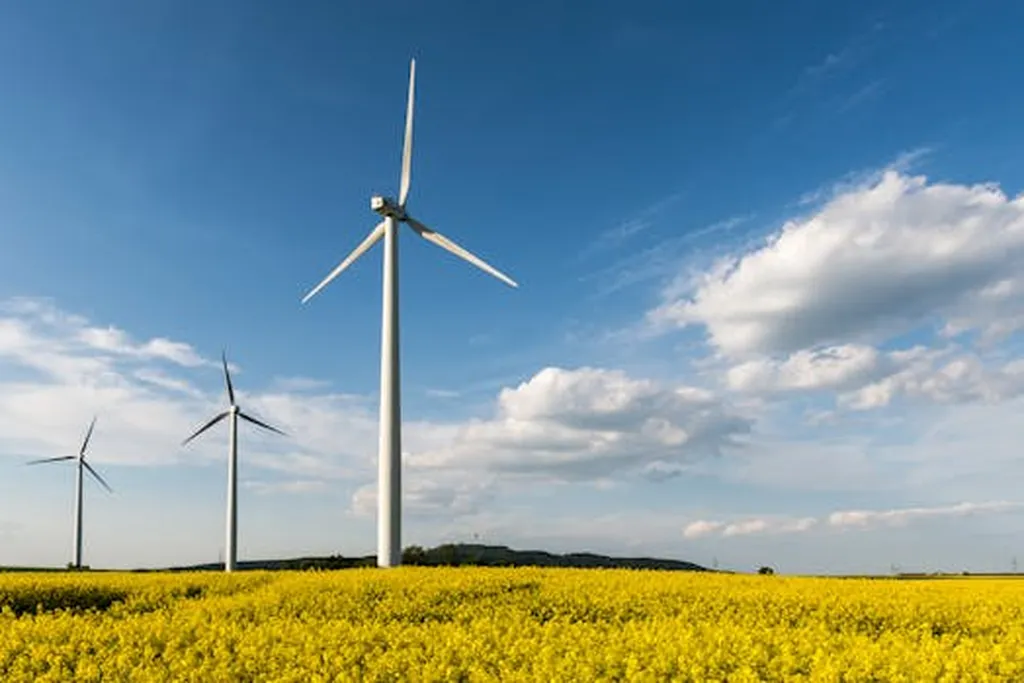In the heart of South America, Ecuador is making strides in harnessing its agricultural residues for sustainable energy generation. A recent study led by María Eliza Vega-Iñiguez from the Universidad de Cuenca has shed light on the potential of biomass-based electricity, offering a roadmap for optimal power plant siting that could reshape the country’s energy landscape.
The research, published in the journal Cedamaz, which translates to the Journal of the Amazonian Center for Scientific Research, quantifies the electrical potential of residues from sugarcane, rice, oil palm, and hard corn. The findings are promising, with an estimated effective electrical potential of 2407.68 GWh per year. This is a significant figure, considering Ecuador’s current energy mix and its commitment to renewable energy sources.
Vega-Iñiguez and her team employed a spatial multi-criteria analysis using Geographic Information System (GIS) software. This approach integrated various factors such as proximity to roads and substations, terrain slope, flood risk, and distance to populated areas. “By considering these parameters, we aimed to identify areas where biomass power plants could be most effective and least disruptive,” Vega-Iñiguez explained.
The study also considered exclusion layers, including volcanic hazard zones, primary road corridors, and hydrographic basins, to ensure the proposed sites are safe and feasible. The resulting suitability map classified the territory into five levels, with Guayas, Los Ríos, and Esmeraldas provinces standing out as hotspots for biomass power plants. These provinces not only have abundant resources but also offer logistical accessibility, making them prime candidates for development.
One of the most compelling aspects of this research is its commercial potential. The study estimated a levelized cost of electricity (LCOE) of USD 0.097 per kWh for a 25 MW biomass plant. This figure is competitive with other renewable energy sources and could attract investors looking to tap into Ecuador’s growing green energy sector.
The implications of this research extend beyond Ecuador’s borders. The methodology employed by Vega-Iñiguez and her team is applicable to other countries seeking to assess the energy potential of non-conventional renewable sources. “This approach can be replicated in other regions, helping to identify optimal sites for biomass power plants and other renewable energy projects,” Vega-Iñiguez noted.
As the world grapples with climate change and the need for sustainable energy solutions, studies like this one offer a beacon of hope. By harnessing agricultural residues, countries can reduce waste, lower greenhouse gas emissions, and diversify their energy mix. The research conducted by Vega-Iñiguez and her team is a testament to the power of innovation and the potential of biomass energy to transform the global energy sector.
In the coming years, we may see Ecuador and other countries leveraging this research to drive forward their renewable energy agendas. The commercial impacts could be substantial, with new opportunities for investment, job creation, and economic growth. As the world moves towards a greener future, the insights gained from this study will undoubtedly play a crucial role in shaping the energy landscape of tomorrow.

